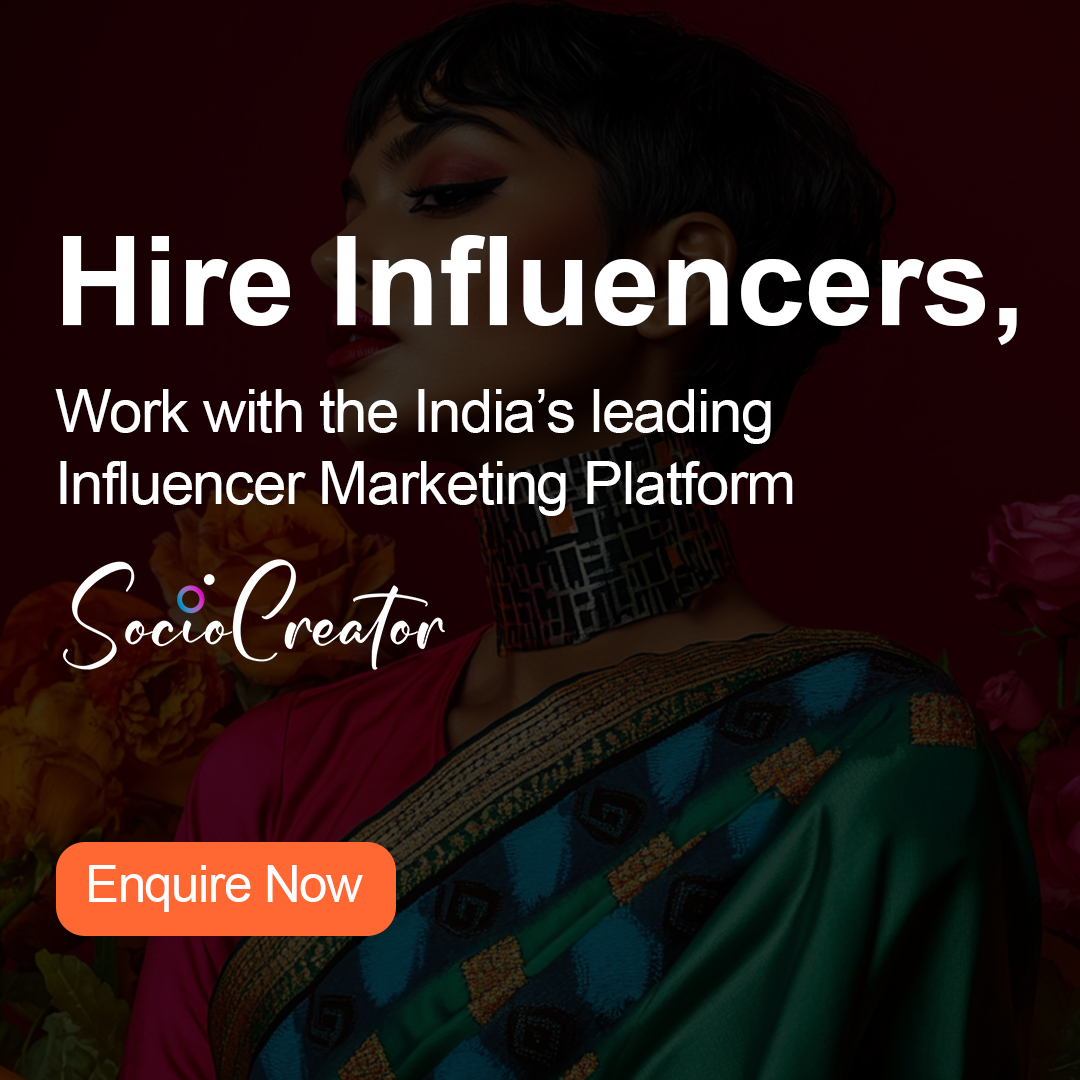Remember those childhood days, when everything moved around doing with a story, be it studying, playing or just that bedtime story routine. Know why? Because human beings understand one another and bond with each other via stories!
Stories do build an emotional connection between you and your prospects. The art of storytelling does put the message straight in your heart that keeps your customers coming back to you.
Stories clearly are a powerful tool for any content marketing and winning your customer’s hearts. Let’s take a look at some of the pointers that tell us what makes a good story, tips to refine your story and how to build an everlasting bond with your audiences. 
What makes a Good Story?
A Good story is the one that uses all the right proportions of the right elements such as:
- Capturing Attention
- Keeping the reader/viewer engaged
- Resonating with the reader/viewer
- Builds a bond between the storyteller and the reader/viewer
There are 2 key elements of any good story –
- A Conflict or an Action: The conflict can be logical or emotional and action stems from it. Whenever a reader reads/sees a conflict, they look for resolution naturally. A good ending seems to be the logical option but sometimes, it’s good to leave your audience hanging to build their interest, engagement and wanting them to come back for more.
- The Character: Stories stick to our mind because of the characters that are involved. Strong characters are a connection between the storyteller and the audience. If the character is you/your brand, people get to know you, like you, trust you. If it is a satisfied customer, prospects may think that you are the person who could help them too. Remember, the more your audience is able to relate to your character, the more they will see themselves in your brand.
Pack this action and character with emotions. Emotions are the power of the story. The more powerful emotions are there in your story, the more likely your customers will do something about what they feel – like comment, share, subscribe, open, click, or buy.

Tips to create a powerful Story:
- Choose a moment: Powerful stories are built around a moment. It can be a moment of challenge, growth, change, etc.
- Use your natural tone: Write in a way you talk. This will bring character and emotion to your marketing.
- Use specific details: Tell your readers/viewers about specific things like a dentist talking about deep cavities, root canals, the data between the cost of one checkup and surgery plus multiple follow up visits, etc. The story suddenly becomes informative, interesting and powerful.
- Make it Personal: Audience responds better to content that is personalized since it helps them to share, like and trust you. Tell a story in a way that empathizes and relates with your audience’s struggles and frustrations ensuring them that you know and understand them well.
- Make the story clear, concise and to the point: Work on most important points of your story, thus avoiding wandering off on a tangent.
- Listen to your audience: Listening to your audience as you unfold your story helps you understand their concerns, desires, reactions, beliefs, and attitudes. Let your brand evolve with the help of your audience reactions.

Ideas to create a powerful story and build a relationship with your prospects:
- Tell your customer success stories: Customer testimonials do inspire your potential customers and promote your business. You may take it a step forward by interviewing your customer on how successfully they used your product/service. The ‘who’ and ‘why’ of a case study is what your audience really want to read.
- Use visual aids: Share your brand/company’s videos/photos which you’re your customers get a peek of your company. Customers enjoy knowing the culture of the company and what sets it apart from the rest.
- Podcasts: Podcasts are like videos but they do add a personal element to your storytelling as the listeners only have your voice – no words to read or images to watch.
- Emails: An email is the most personal way to reach your clients. Personalized e-mails which have interesting stories do not feel like mass messages, thus resulting in more email clicks and an opportunity to know your brand.
- Interviews: A story behind an entrepreneur’s rise to fortune is much more captivating than a regular interview telling about how many businesses he/she has founded and earns per year.

Conclusion:
Storytelling is one of the powerful tools to breathe life into your brand. By giving your products/services an identity by capturing and sharing the stories around them, you can take your prospects/customers on a journey they yearn to experience. Remember, every story is a promise. Your stories ensure your customers that whatever you do, you are an expert in it and they can count on you for that.
So be yourself, have fun, tell stories and invite your audience to tell stories – you’ll surely draw them close.




0 Comments